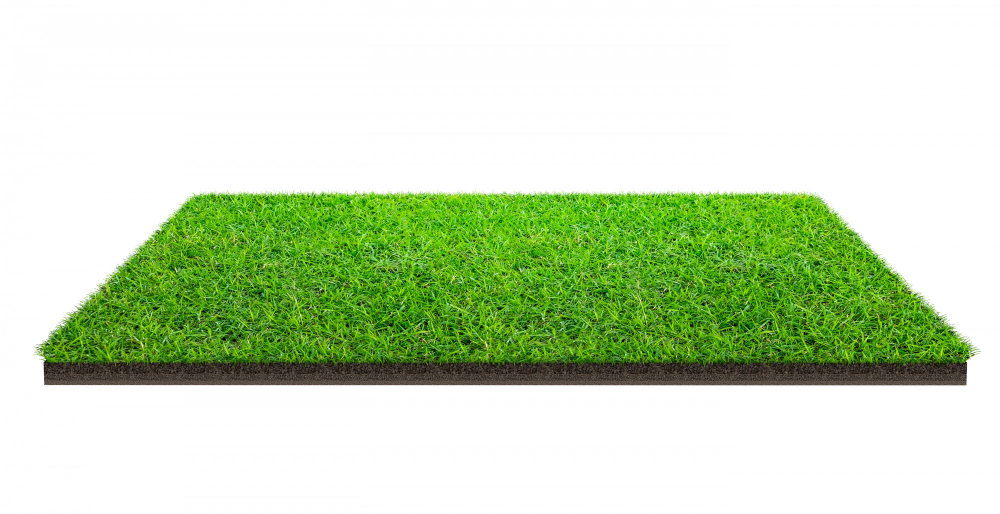If you’re a homeowner, you know that keeping your lawn looking its best can be a full-time job. Between mowing, watering, weeding, and fertilizing, it’s no wonder that so many people are looking for a low-maintenance alternative to natural grass in recent years.
That’s where artificial grass comes in. It’s become an increasingly popular alternative to natural grass lawns in California because of rising water bills and increasing temperatures. But is it worth the investment? Let’s weigh some pros and cons.
The Pros of Artificial Grass
1. Low Maintenance:
One of the biggest advantages of synthetic grass is that it requires very little maintenance. Once it’s installed, you’ll never have to worry about mowing, watering, or fertilizing again!
2. Durability:
Artificial grass is made to withstand heavy foot traffic and all sorts of weather conditions—something that natural grass simply cannot do.
3. Aesthetics:
Let’s be honest—artificial grass always looks its best. Whether your natural grass is suffering from drought or disease, rest assured that your artificial turf will always look green and lush.
4. Environmentally Friendly:
Believe it or not, artificial turf can actually be better for the environment than natural grass! It doesn’t require any pesticides or herbicides, and it significantly reduces water consumption.
5. Pet-Friendly:
If you have pets, you know that they can wreak havoc on your natural lawn. With fake turf, however, you’ll never have to worry about bare spots or brown patches again!
The Cons of Artificial Grass
1. Cost:
The upfront cost of artificial grass can be pretty steep—anywhere from $5 to $20 per square foot instal. However, when you compare this to the long-term costs of maintaining a natural lawn (mowing, watering, etc.), synthetic grass actually starts to look like a pretty good deal! It requires little to no maintenance over time.
2. Installation:
Installing artificial turf is not a DIY project—it must be done by a professional. This means that the installation cost must be factored into the overall price tag.
3. Limited Use:
Artificial turf is not ideal for every application—it’s really only meant for areas where natural grass would struggle to survive (e.g., shady areas with poor drainage). On the other hand, it can drain better than natural grass and bring color to areas that you struggle to maintain.
4. Heat Retention:
Artificial turf can actually retain more heat than natural grass, which means it may not be the best choice for areas that get a lot of sun exposure during the day.
So before you decide whether artificial turf installation is right for your home, here are a few options to weight out. As you can see, there are both advantages and disadvantages to consider before making your decision. Weighing these factors carefully will help you determine whether artificial turf is right for your home and budget.




